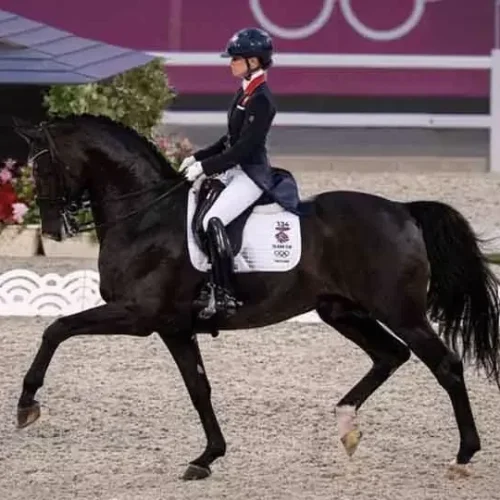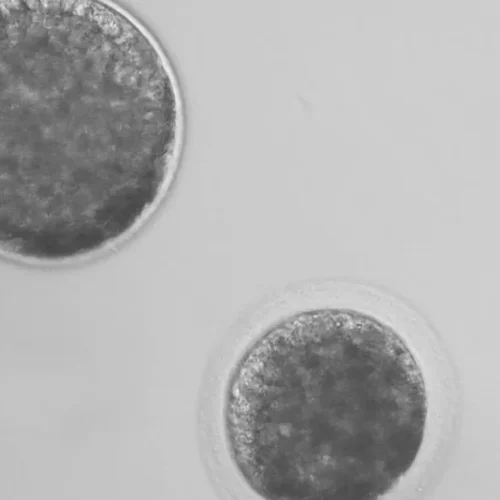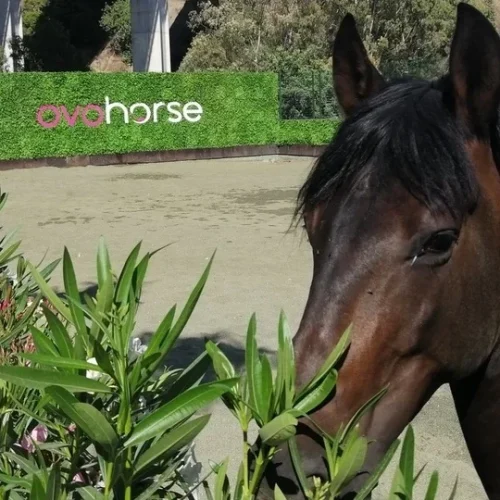The arrival of a foal is a moment of great importance for the mare, but as a caretaker or owner, it’s also significant for you. While nutrition is key to raising a healthy foal and ensuring proper development, there are other aspects to consider during the rearing period.
On the same day it is born, a foal usually starts walking within 30 minutes and nursing within about two hours. That’s why it’s important to provide an appropriate space where the foal can socialize and feel comfortable. This space is crucial for the foal to run, play, and feel free during its first months of life. This sense of freedom should be present in its daily routine; excessive interference or interaction can result in a spoiled or disobedient foal.
Just as it begins to walk, bonding with the mother is essential for its nutrition and survival. However, as the owner, you must ensure that the weaning process is done gradually to avoid problems. The goal of weaning is for the foal to eat and drink independently, thus beginning its journey toward self-reliance. While genetics and environment greatly influence the foal’s size, an inadequate diet can slow growth. A foal grows rapidly from birth to two years old, sometimes gaining up to three kilos per day. Typically, by age two, the foal reaches adult size, although bone and muscle development will continue for a longer period.
After weaning, the foal can begin the training and handling phase. It is essential to understand the foal’s temperament and movement, so by the time it reaches four years old, it can be ridden and show its noblest abilities.
How to Breed Valuable Foals
Tabla de contenidos
If you have a valuable mare or stallion and want to produce foals, with Ovohorse it is possible thanks to the innovative OPU-ICSI technique. OPU (Ovum Pick-Up) is the process of retrieving oocytes from the mare. It is performed through follicular aspiration and can be carried out year-round at any stage of the mare’s reproductive cycle. Once collected, the oocytes mature in the lab and are later fertilized (ICSI) with sperm from the chosen stallion. These fertilized oocytes are then safely and securely cultured in the laboratory. One of the main advantages of this procedure is that the embryos can be vitrified in liquid nitrogen and preserved indefinitely—maintaining all their qualities—until the desired time for breeding.
If you have any questions about the equine reproduction process and would like more details, feel free to email us at info@ovohorse.com or contact us at +34 622 399 937. Our team of professionals will provide you with all the information you need with no obligation.






